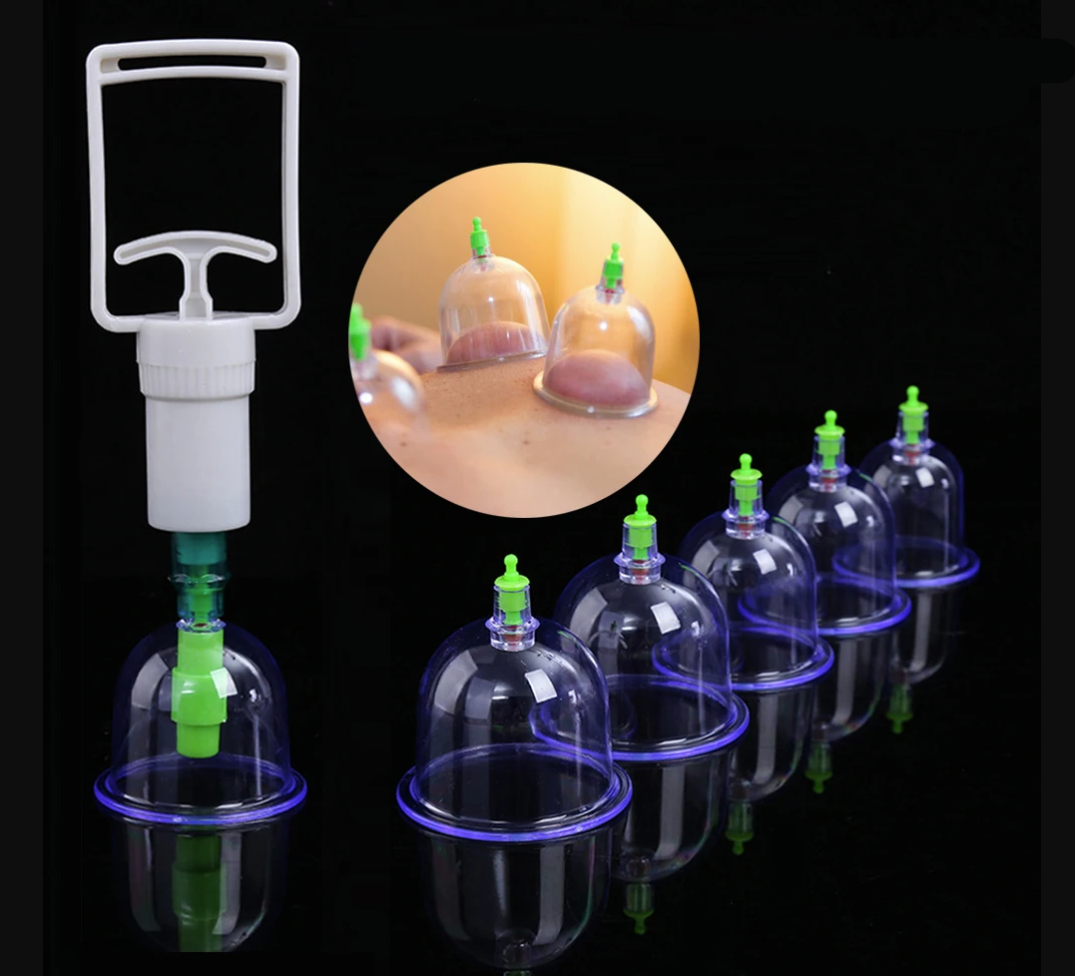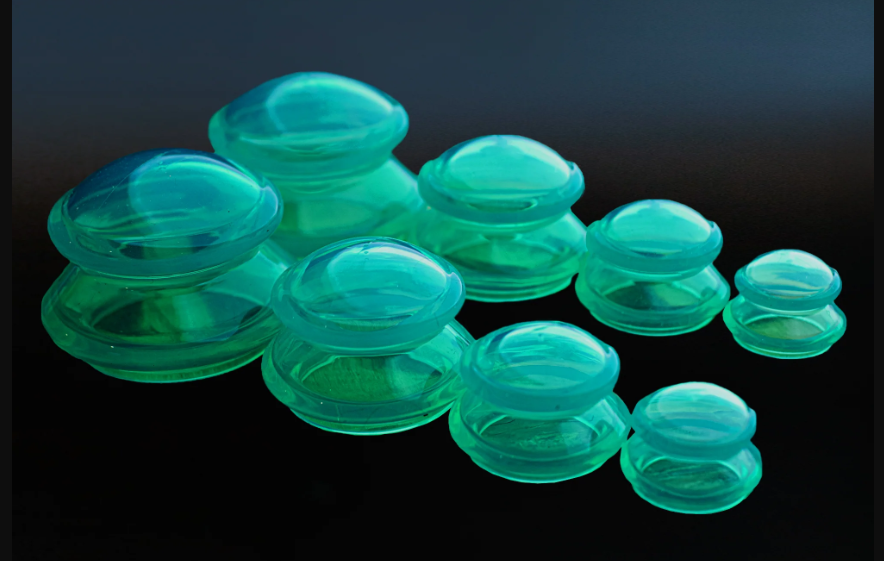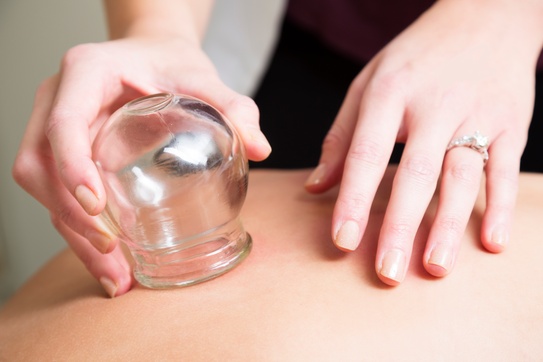Cupping
Cupping Therapy — What Is It? Why Do You Need It?
Cupping therapy, or Chinese cupping, is the art of using different types of cups, some made of glass, plastic, or silicone, to effectively treat chronic pain. Cupping may be beneficial for chronic pain, injuries, inflammation in the tissue, fibromyalgia, Ehlers-Danlos Syndrome, and Parkinson’s, among many others.
Cupping may be used by itself, or in conjunction with deep tissue massage. While massage relaxes muscles by using direct pressure to release the tension, cupping uses negative pressure to lift the muscle fibers. Deep tissue massage by itself is great for releasing knots and tension, but when combined with cupping, the client will get even more relief.
Cupping is gaining popularity for pain relief as people are discovering that cupping is beneficial, from muscle relaxation to blood stimulation. Cupping can leave behind temporary marks that look like bruising, but are not, and typically go away somewhere between two days to two weeks, depending on the type of cupping you have done.
There are several types of cupping, but only dry cupping is used in our office. Dry cupping is the use of cupping to draw the skin up into the cups, either using plastic cups with a pump, or creating suction by hand with silicone cups.


Dry cupping has two variants: stagnant and dynamic. Stagnant cupping leaves the cups in one place for up to 10 minutes. The marks will typically be darker from this treatment, especially in areas of stagnation or inflammation. Dynamic cupping is when the therapist creates suction with the silicone cups and then moves the cups around to stimulate the lymphatic system and break up areas of congestion in the tissue.


Cupping detox is another common use. This type of cupping pulls muscle fibers up, allowing fresh, oxygenated blood to flow more easily. Toxins can be pulled out of the blood and lymph system and up through the skin with this cupping treatment. This treatment leaves darker marks, that can indicate areas of stagnation. The marks typically can last up to two weeks, but the more often cupping detox is performed, the lighter the marks should become.
Depending on the type of cupping you are having done, you may have several cups placed on your body. For a stagnant treatment, the cups will remain in place and for a dynamic treatment, the therapist will move them around. You may feel some pinching if a knot is located. Once the cup is released, you should feel an immediate release of tension and more relaxation in the area.
Kathie is currently the only therapist offering cupping. Please call the office at 616.835.9559 to schedule an appointment with her.